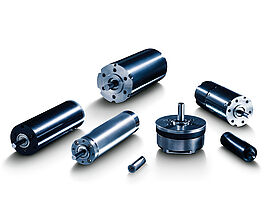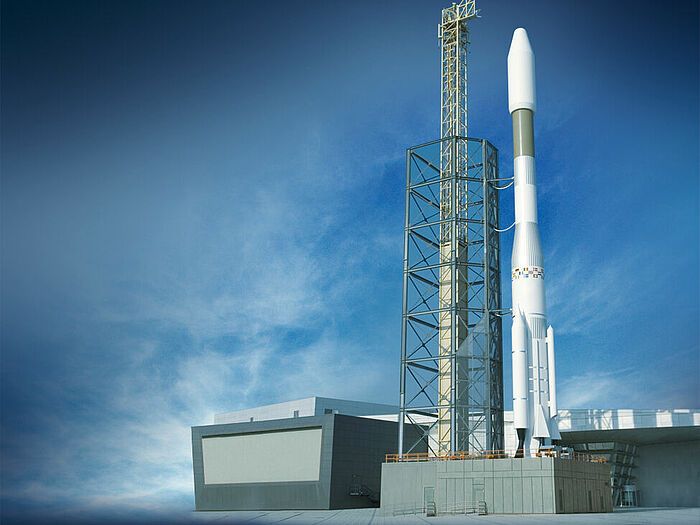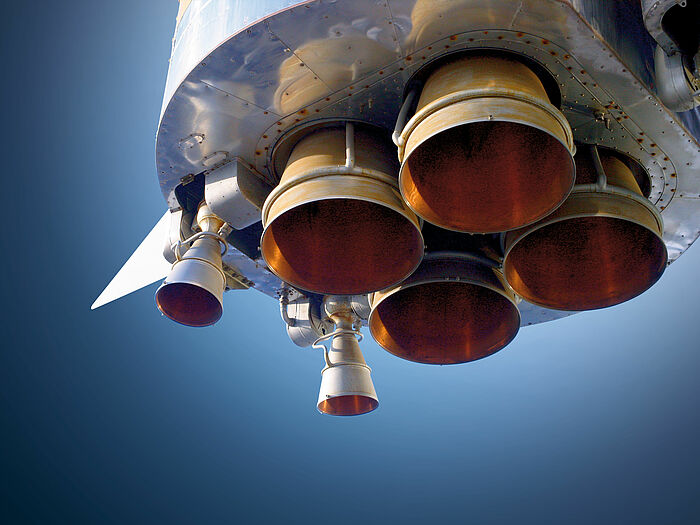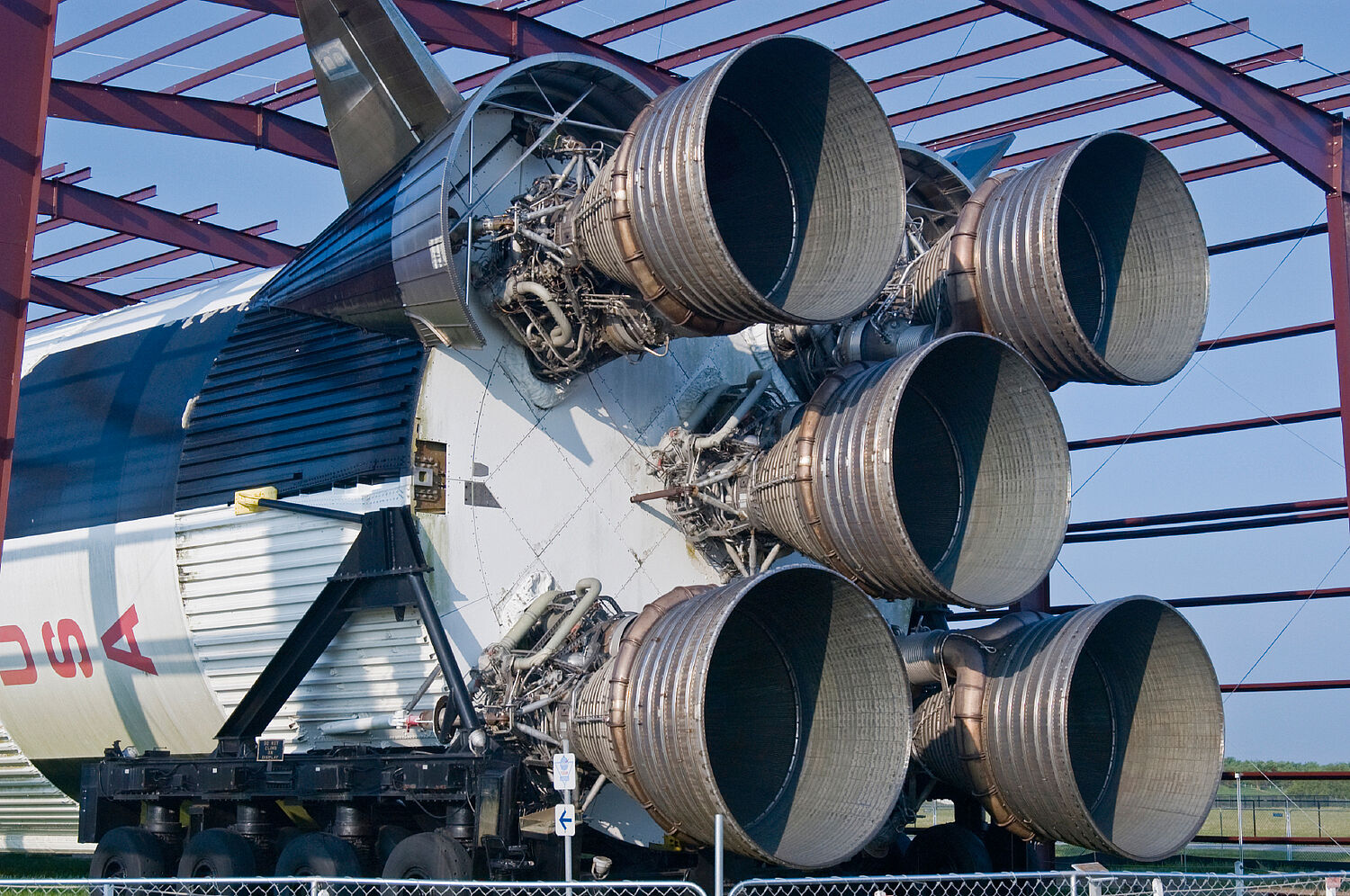One way to control cost is by optimizing fuel burned during launch to minimize waste. A specially developed fuel-trim valve guarantees optimum performance in this situation. It is driven by robust and reliable servomotors made by FAULHABER.
Modern launch vehicles use the rocket fuel RP-1, a highly refined type of kerosene, which must be mixed with oxygen for combustion. On the launch vehicle, 4-in pipes run from tanks of RP-1 and liquid oxygen (LOX) to combine prior to entering the combustion chamber.
The combustion chemistry of RP-1 is forgiving. The fuel won’t burn without oxygen, but as long as oxygen is present, the two do not necessarily need to be combined in a precise ratio. The problem is, however, that if the ratio of LOX to RP-1 varies from the optimum mix, either the oxygen will run out before the fuel or the fuel before the oxygen. However, as soon as the combustion ends, the remainder becomes unwanted ballast. To ensure this doesn’t happen, the fuel-trim valve adjusts the mixture in real time.
The fuel-trim device consists of a servo-motor-controlled butterfly valve. To achieve the proper speed and torque, the design incorporates a planetary gearbox for a roughly 151:1 reduction ratio, plus additional gearing internal to the unit. The team qualified the components with a significant safety margin to protect against common-mode failure. The shaft of the motor interfaces with the valve directly to make fine adjustments.
Extreme operating conditions
Accuracy aside, the characteristics most applications require from servomotors tend to be high torque, high speed or small in size. In the case of the fuel-trim valve, the chief motor requirement was simple: They had to survive launch. Extreme shocks and vibrations occur in particular during the first stage. During the approx. 3 minutes of combustion of a rocket stage, the engine produces a thrust of about 440,000 kN, causing immense forces to act on the fuel-trim valve in the direct vicinity.
When the engineering team set out to qualify components for the fuel-trim valve, vibration testing caused motor after motor to fail. To minimize points of failure, they switched from brushed to brushless motors. The most important criterion in this context was: Can the motor survive these operating conditions? That meant that the gearbox had to be able to withstand the load, the Hall effect sensors had to remain undamaged, in short – no failure could be allowed to happen in this extreme operating environment. Searching for a manufacturer whose motors survive these ordeals, the engineers came across FAULHABER.
Rocket engines do not only produce vibrations, of course, but also heat. However, the heat management – contrary to what one might expect – doesn't pose any particular challenges in this application. Much of the heat is radiated and is reflected away. Interestingly, the thermal issue he does mention is low, not high temperatures. For example, during the operation of the second stage, the engines may fire only briefly. The vehicle can then coast for as long as 45 minutes before a second burn phase takes place. By this point, the rocket is outside of the atmosphere, where temperatures can be quite low.
To control cost and production timelines, the philosophy is to try to work with stock components whenever possible. No extra effort on FAULHABER's part was required to increase robustness for the application - the developer team simply ordered standard products.
The engineers also used FAULHABER's express prototyping program and thus were able to obtain the required samples in very short time frames.
Products




